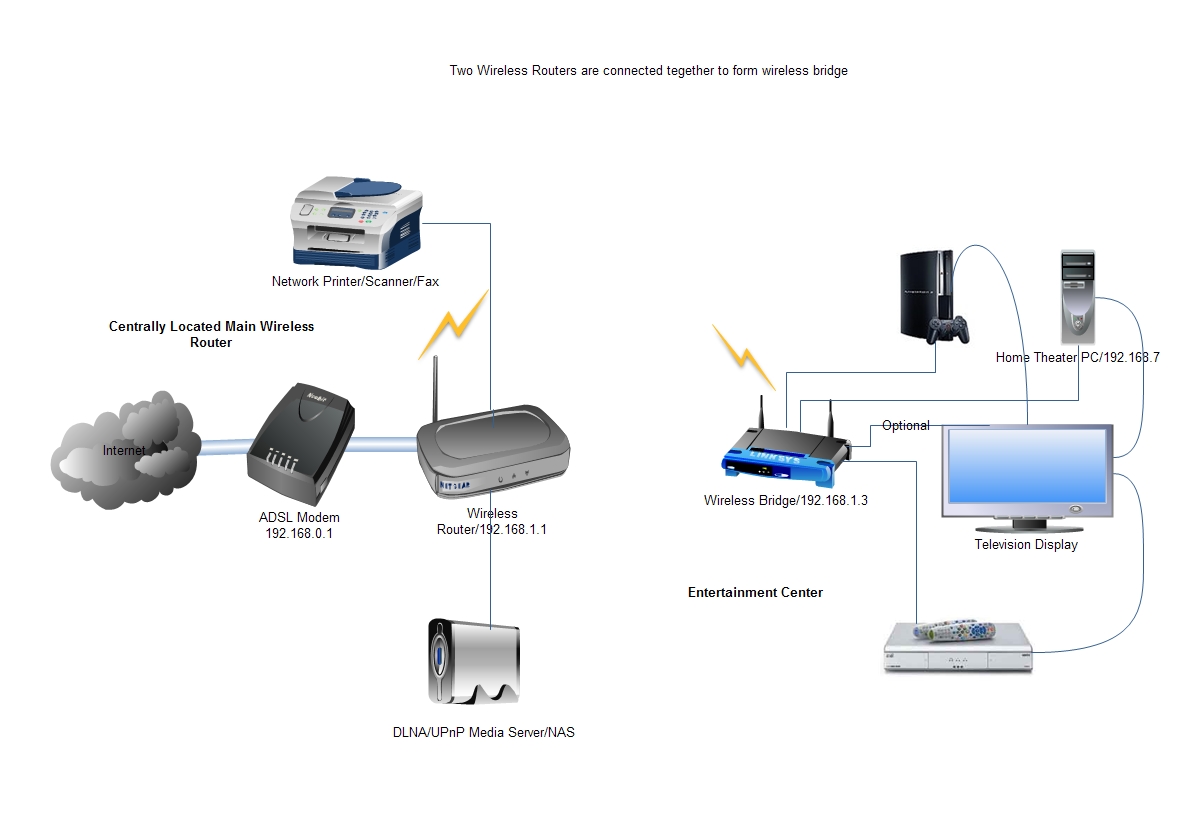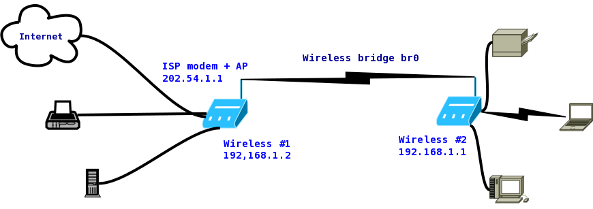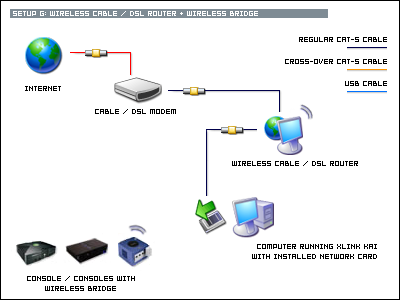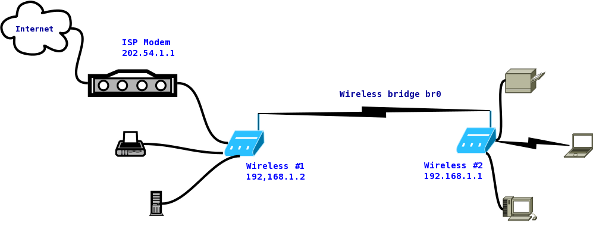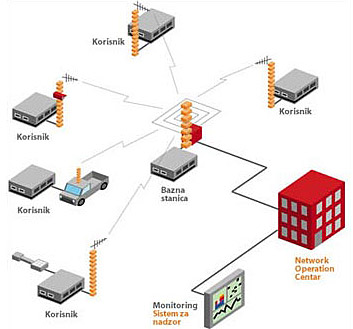Bridge router
A brouter is a network device that combines the functions of a router and a bridge. Brouter were developed in the early 1990s about the same time as the Layer 2 switches and mostly came in wide area networks (WAN) as a gateway to other locations for use. Brouter were needed because at that time also non- routable protocols such as LAT, NetBIOS and SNA were widespread and were still used across different locations to communicate. Thus, a device ( and a line ) could be used for both types of protocols - non- routable protocols were gebridgt, the rest (for example, DECnet, IPX, IPv4) routed. The common practice today in the name of a similar device is Layer 3 switch, this is a different approach, he expanded further developed high-performance switches to TCP / IP routing functionality (and vice versa). Locations for this can be found in areas where especially high performance ( high throughput of the router) is required. Brouter and Layer 3 switch seem similar but the brouter closer with a multi- protocol bridge is used (eg from Wellfleet ) or a multi-protocol router (eg Cisco ).
Operation
It acts primarily as a router for all protocols known to him in layer 3 of the OSI reference model. The protocol information is removed from the layer 3 header of the data packet. Is there a protocol number supported by the brouter, the packet is switched at layer 3 routing on.
If an unknown or non-routable protocols, protocol no number is present, acts of brouter as a bridge. A brouter which can only forward the IP protocol would thus ignore the layer 3 protocol IPX packets and transfer them over his bridge. Also would all non-routable protocols such as NetBIOS passed over the bridge.

